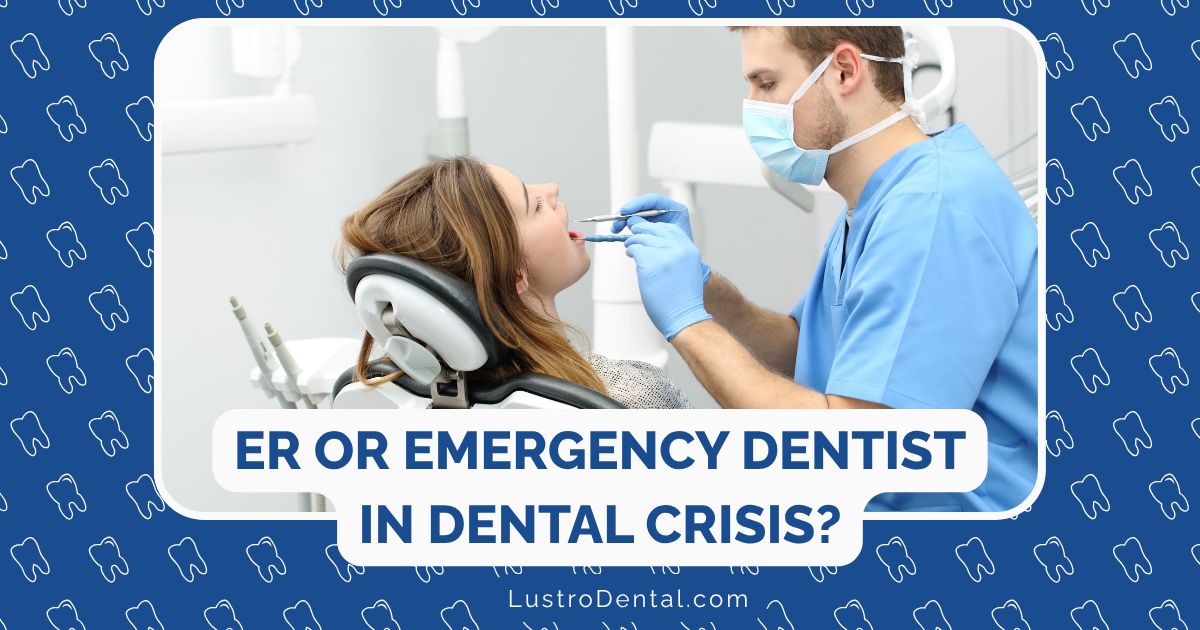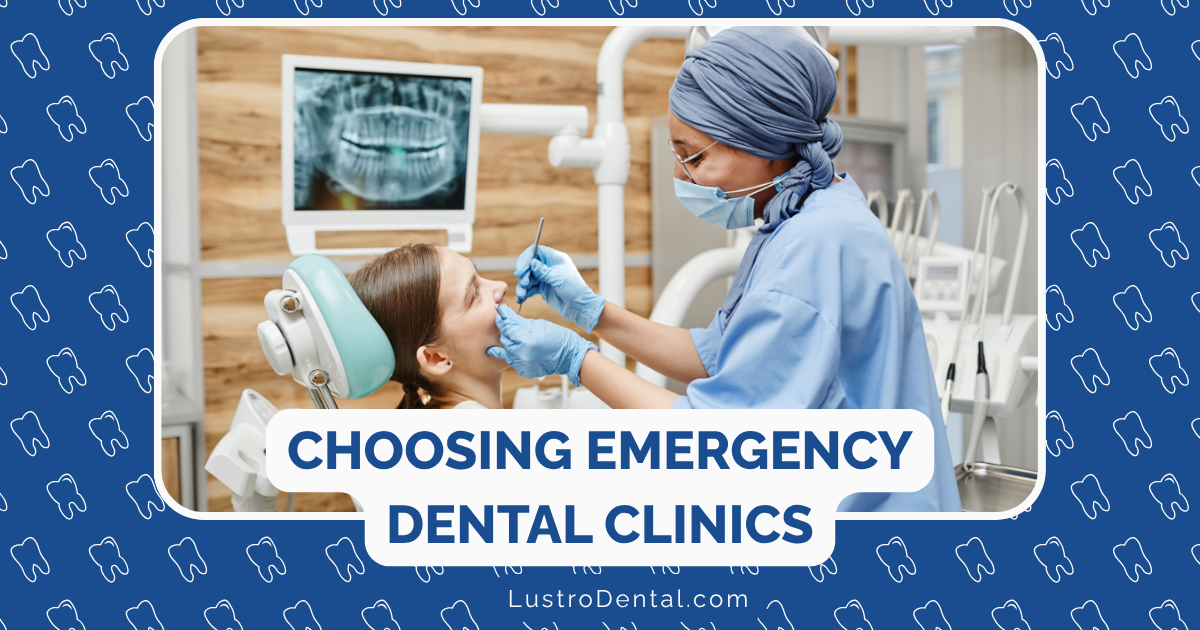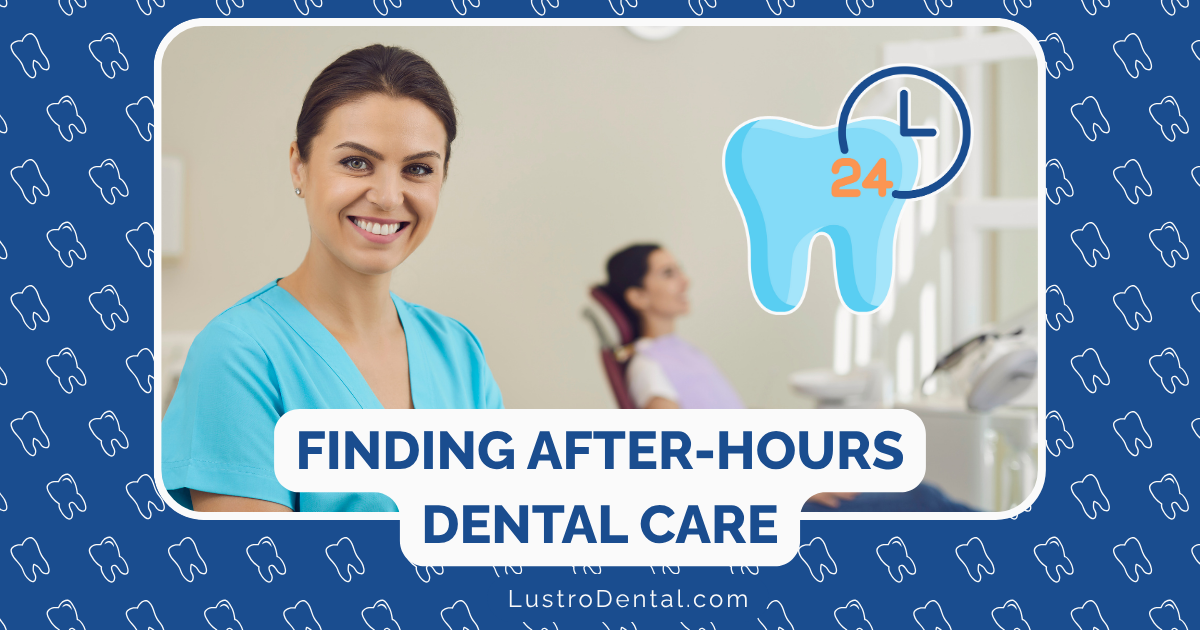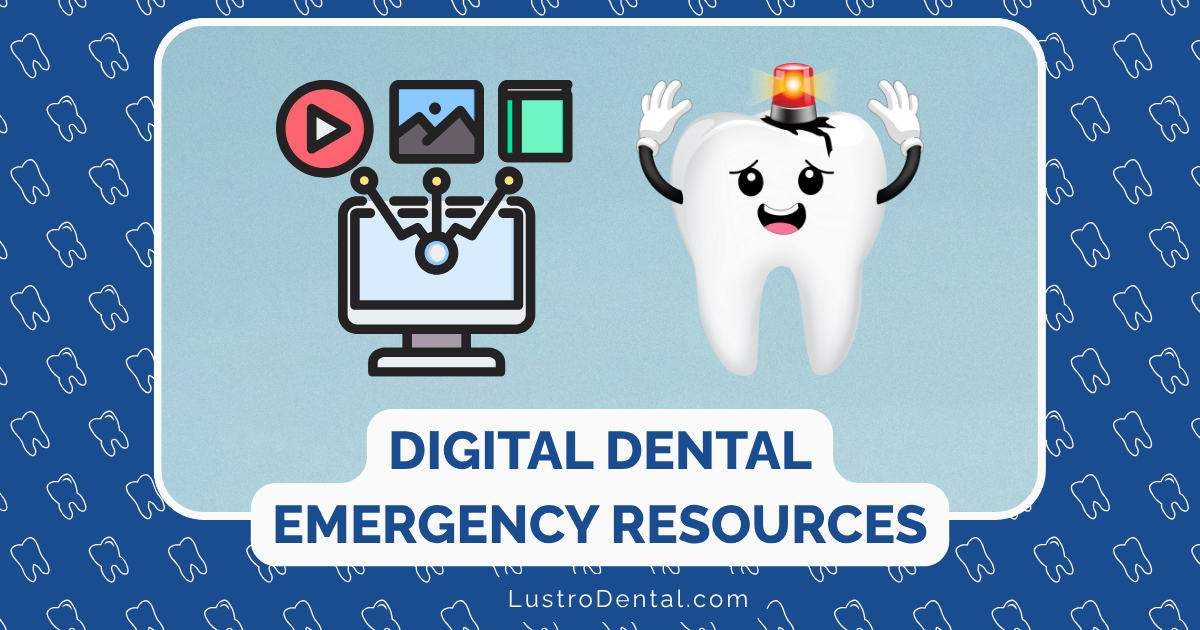The Cost of Dental Emergencies: Financial Options for Unexpected Dental Emergencies
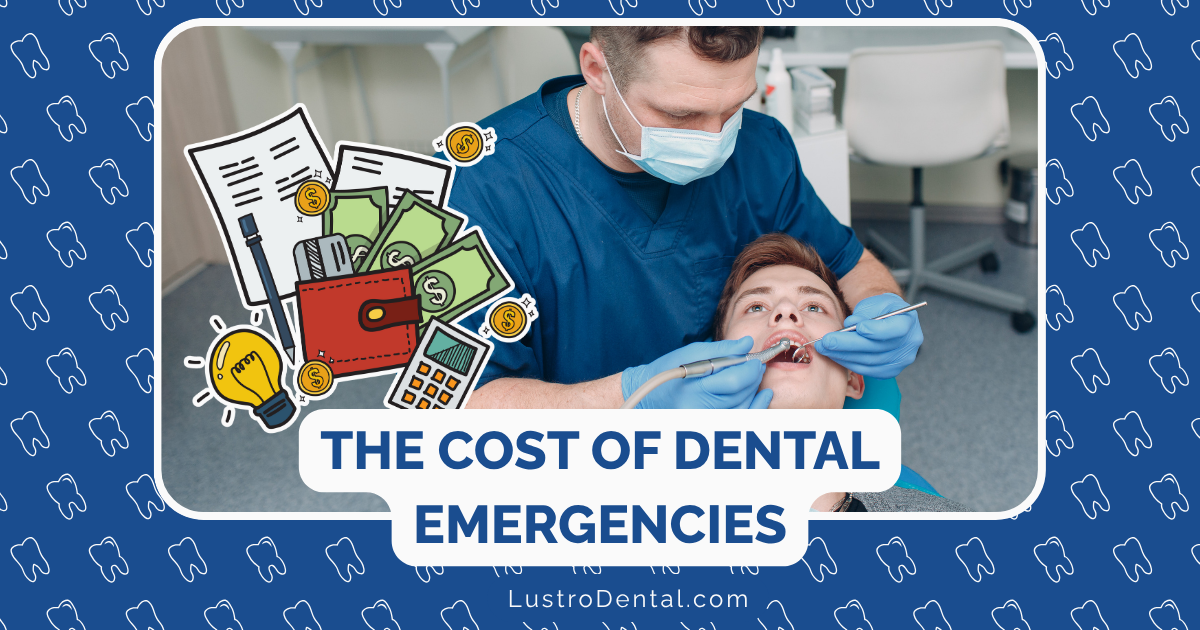
It happens when you least expect it – that sudden sharp pain that signals a cracked tooth, an unexpected abscess that develops over a weekend, or a dental crown that pops off during dinner. Dental emergencies don’t just cause physical discomfort; they often bring financial stress as well. With emergency dental procedures potentially costing hundreds or even thousands of dollars, many people find themselves wondering how they’ll afford the care they urgently need.
As someone who’s helped countless patients navigate both the clinical and financial aspects of dental emergencies, I understand the anxiety that comes with unexpected dental expenses. The good news is that you have more options than you might realize. Let’s explore the various financial resources and strategies available to help you manage the cost of dental emergencies without compromising your oral health or financial wellbeing.
Understanding the Cost of Dental Emergencies
Before diving into financial solutions, it’s helpful to understand what you might be facing in terms of costs:
| Emergency Procedure | Average Cost Without Insurance |
| Emergency exam | $75-$150 |
| X-rays | $25-$250 |
| Tooth extraction | $200-$700 |
| Root canal | $700-$1,500 |
| Crown | $800-$1,500 |
| Abscess treatment | $100-$600 |
These costs can vary significantly based on your location, the severity of your emergency, and the specific dental practice you visit. Urban areas typically have higher costs than rural regions, and specialized dental practices may charge more than general dentists.
Immediate Payment Options
When a dental emergency strikes, these are the most immediate ways to cover costs:
1. Dental Insurance
If you have dental insurance, it’s your first line of financial defense:
- Emergency coverage: Most dental insurance plans cover emergency exams and X-rays at 80-100%, though treatments like root canals or extractions may only be covered at 50-80%.
- Annual maximums: Be aware that most dental plans have annual maximums of $1,000-$2,000, which can be quickly reached with emergency care.
- Waiting periods: Some insurance plans have waiting periods for certain procedures, though true emergencies are often exempt.
Dr. Lisa Wong, dental insurance specialist at the American Dental Association, advises: “Always call your insurance provider’s emergency number to verify coverage and understand your benefits before treatment. Many plans have specific protocols for emergency situations that differ from routine care.”
2. Dental Office Payment Plans
Many dental practices offer in-house payment options for emergency situations:
- Interest-free payment plans: Some offices will divide your bill into manageable monthly payments without charging interest, especially for established patients.
- Sliding fee scales: Some practices adjust fees based on income and ability to pay.
- Immediate services discounts: Some offices offer discounts for paying the full amount upfront.
According to a survey by the National Association of Dental Plans, approximately 58% of dental practices offer some form of payment plan for emergency services.
3. Healthcare Credit Cards
Specialized healthcare credit cards can provide immediate financing for dental emergencies:
CareCredit
- Specifically designed for healthcare expenses, including dental emergencies
- Often offers promotional 0% interest periods (typically 6-24 months)
- Available at many dental practices with same-day approval
- Interest rates can be high (26.99% as of 2025) if not paid off during promotional period
Wells Fargo Health Advantage
- Similar to CareCredit with promotional financing options
- May offer longer terms for larger emergency expenses
- Available through participating dental providers
Alphaeon Credit
- Focused on healthcare financing
- May offer credit lines up to $25,000 for extensive emergency work
- Often has promotional no-interest periods
4. Personal Loans
For larger emergency dental expenses, personal loans might be appropriate:
- Online lenders: Companies like SoFi, LightStream, and Upgrade offer personal loans that can be used for dental emergencies, often with competitive rates for those with good credit.
- Credit union loans: Local credit unions frequently offer lower interest rates than traditional banks.
- Emergency personal loans: Some lenders specialize in quick-funding emergency loans, though these may carry higher interest rates.
According to Credit Karma, personal loan interest rates typically range from 6% to 36%, depending on your credit score and loan term.
Assistance Programs and Alternative Options
If immediate payment isn’t feasible, these programs can help:
1. Dental Schools
Dental schools offer significant discounts on emergency care:
- Cost savings: Treatment costs are typically 30-60% lower than private practices
- Quality care: All procedures are performed by dental students under close faculty supervision
- Consideration: Appointments may take longer than at traditional dental offices
The American Dental Education Association maintains a directory of dental schools across the country that provide emergency services.
2. Federally Qualified Health Centers (FQHCs)
These community-based healthcare providers offer dental services on a sliding fee scale:
- Income-based fees: Charges are determined by your ability to pay
- Comprehensive care: Many centers provide both emergency and follow-up care
- Federal funding: These centers receive government support to provide care to underserved populations
You can locate FQHCs near you through the Health Resources and Services Administration.
3. Dental Lifeline Network
This nonprofit organization provides dental care to vulnerable populations:
- Donated Dental Services (DDS) program: Connects eligible individuals with dentists who donate their services
- Eligibility: Typically focused on elderly, disabled, or medically fragile patients
- Comprehensive care: Often covers the full scope of emergency treatment
While there may be a waiting list for non-urgent cases, the Dental Lifeline Network often prioritizes true emergencies.
4. State-Specific Programs
Many states have their own dental assistance programs:
- Medicaid dental coverage: Coverage varies significantly by state, but emergency services are often included for eligible adults
- State dental associations: Many have charitable programs for emergency care
- Local health departments: May offer emergency dental services or referrals
The National Association of Free & Charitable Clinics can help you find state and local resources.
5. Veterans Affairs (VA) Dental Care
Veterans may qualify for emergency dental services through the VA:
- Service-connected dental disabilities: Comprehensive coverage for qualifying veterans
- Non-service-connected emergencies: May be covered in certain circumstances
- VA Dental Insurance Program (VADIP): Offers reduced-cost dental insurance for veterans
Visit the VA Dental Care website for eligibility information.
Negotiation and Discount Strategies
When facing emergency dental expenses, don’t overlook these potential savings:
1. Cash Discounts
Many dental practices offer discounts of 5-10% for patients who pay in cash, which can represent significant savings for emergency procedures.
2. Procedure Prioritization
Work with your dentist to determine which aspects of your emergency require immediate attention and which can be addressed later:
- Pain relief and infection control: Prioritize treatments that address immediate pain and prevent infection spread
- Temporary vs. permanent solutions: Consider temporary measures until you can afford comprehensive treatment
- Phased treatment plans: Break complex emergency situations into manageable financial stages
Dr. Michael Chen of Emergency Dental Care Association notes: “In true emergencies, ethical dentists will focus first on relieving pain and addressing infection. Cosmetic aspects of treatment can often be delayed until financial arrangements are made.”
3. Medical Insurance Claims
Some dental emergencies may qualify for medical insurance coverage:
- Trauma-related emergencies: Dental injuries from accidents may be covered under medical insurance
- Infections requiring hospitalization: When dental infections require medical intervention
- Procedures necessary due to medical conditions: Some medical conditions that affect dental health may allow for medical coverage
According to the American Association of Oral and Maxillofacial Surgeons, approximately 20% of dental emergency procedures have components that could potentially qualify for medical insurance coverage.
Preventive Financial Planning
While this article focuses on unexpected emergencies, some preventive financial strategies can help you be better prepared:
1. Dental Savings Plans
Unlike insurance, these membership-based programs provide immediate discounts with no waiting periods:
- Annual fee: Typically $75-$200 per year for an individual
- Discount rates: Usually 10-60% off dental procedures, including emergencies
- No annual maximums: Unlimited usage throughout the year
- Immediate coverage: No waiting periods for emergency services
DentalPlans.com allows you to compare various dental savings plans in your area.
2. Health Savings Accounts (HSAs) and Flexible Spending Accounts (FSAs)
These tax-advantaged accounts can be used for dental emergencies:
- HSAs: Available with high-deductible health plans; funds roll over year to year
- FSAs: Employer-sponsored accounts with annual “use it or lose it” provisions
- Tax benefits: Contributions are pre-tax, effectively discounting your dental care
- Immediate access: Funds are typically available via debit card for emergency situations
3. Emergency Fund Specifically for Dental Care
Financial advisors often recommend setting aside funds specifically for healthcare emergencies:
- Recommended amount: $500-$1,000 specifically for dental emergencies
- Regular contributions: Even small monthly deposits can build a meaningful safety net
- Separate account: Keeping these funds separate from general savings reduces the temptation to use them for non-emergencies
Real-World Emergency Scenarios and Solutions
Let’s look at how different financial approaches might work in real emergency situations:
Scenario 1: Cracked Tooth on a Weekend
Situation: You crack a molar on Friday evening, experiencing moderate pain.
Financial approach:
- Call your dental insurance’s emergency line to verify coverage and find in-network emergency providers
- Use your HSA/FSA card for the emergency exam and X-rays
- Discuss a temporary solution with the emergency dentist to control costs
- Schedule comprehensive treatment with your regular dentist when offices reopen
Approximate out-of-pocket cost with insurance: $50-$200 for emergency visit; treatment costs vary based on coverage
Scenario 2: Severe Infection Without Insurance
Situation: You develop a severe dental abscess with facial swelling and fever, requiring immediate treatment, but you don’t have dental insurance.
Financial approach:
- Visit a community health center or dental school emergency clinic for reduced-cost treatment
- Apply for CareCredit or similar healthcare credit card for immediate financing
- Request an installment payment plan for any remaining balance
- Follow up with a dental assistance program for any needed additional treatment
Approximate cost: $300-$800 with community health center pricing (vs. $1,000-$2,000 at private practice)
Scenario 3: Lost Crown While Traveling
Situation: Your dental crown comes off while you’re traveling for business.
Financial approach:
- Contact your dental insurance for out-of-network emergency benefits
- Use a credit card with travel benefits for the initial emergency visit
- Request a detailed receipt for insurance reimbursement
- Consider temporary recementing until you return home for permanent treatment
Approximate out-of-pocket cost: $150-$300 for emergency visit and temporary solution
Avoiding Predatory Financial Options
While exploring emergency financing options, be wary of these potentially harmful choices:
1. Payday Loans
With interest rates often exceeding 400% APR, these short-term loans can create a cycle of debt far more painful than a toothache.
2. High-Interest Credit Card Cash Advances
Cash advance fees plus interest rates of 25% or higher make this an expensive option for dental emergencies.
3. Rent-to-Own Financing
Some dental offices partner with third-party financing companies that technically “own” your dental work until paid off, often with extremely high effective interest rates.
Conclusion: Creating Your Dental Emergency Financial Plan
Dental emergencies are stressful enough without adding financial worry. By understanding your options before an emergency strikes, you can make informed decisions that protect both your oral health and financial wellbeing.
Consider taking these steps today:
- Verify your current dental insurance coverage for emergencies and know how to access benefits after hours
- Research emergency dental providers in your area that offer payment plans or sliding fee scales
- Explore dental savings plans as a supplement or alternative to traditional insurance
- Set up an HSA or FSA if available through your employer or health insurance
- Start a dedicated dental emergency fund, even with small regular contributions
- Keep a dental emergency contact list including financial resources and assistance programs
Remember that delaying emergency dental care due to financial concerns often leads to more extensive and expensive treatment later. With the options outlined in this article, you can find a financial solution that allows you to address dental emergencies promptly and appropriately.
Have you experienced a dental emergency and found creative ways to manage the costs? Share your experiences in the comments to help others prepare for the unexpected!
Disclaimer: This article is for informational purposes only and does not constitute financial or dental advice. Always consult with qualified financial and dental professionals for advice about your specific situation.



